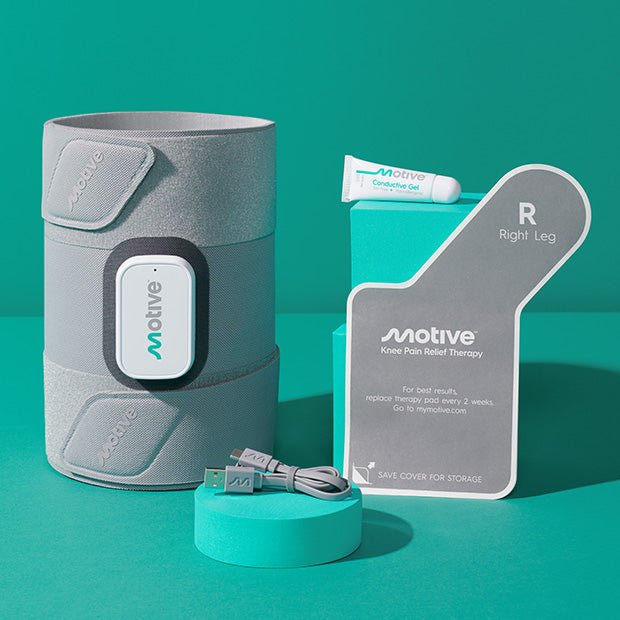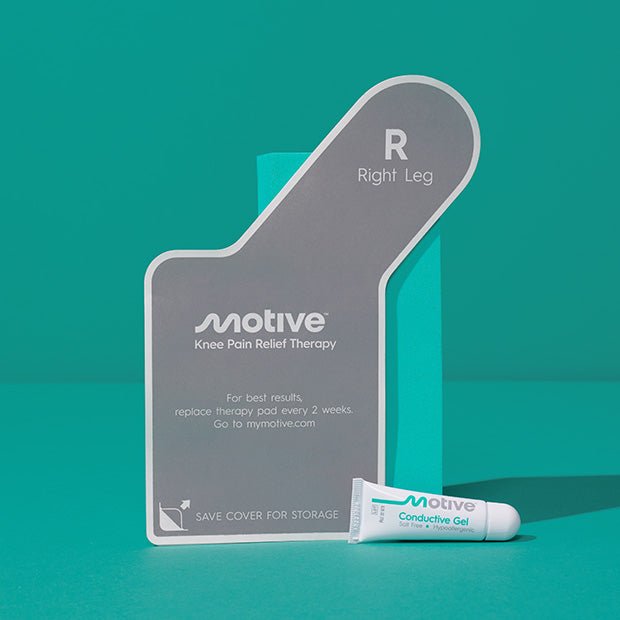
Knee health is vital for sustaining mobility and enhancing quality of life, impacting individuals across various demographics, from those battling osteoarthritis and rheumatoid arthritis to athletes facing common knee injuries like ACL (anterior cruciate ligament) tears and tendinitis.
This article explores the anatomy of the knee, preventive measures for early arthritis, maintenance strategies for athletic knees, and effective home remedies for knee pain.
Understanding Your Knees: A Basic Overview
The knee joint, a complex structure made of the femur (thigh bone), tibia (shin bone), and patella (kneecap), is supported by ligaments, tendons, and cartilage. These components, including the crucial quadriceps and hamstrings, work together to facilitate movement.
Understanding the function and potential issues, such as ligament sprains or meniscus tears, is key to maintaining knee health.
Early Arthritis: Recognition and Prevention
The early signs of arthritis in the knee, such as persistent stiffness, swelling, and a decrease in range of motion, signal the onset of degenerative changes in the joint. Knee osteoarthritis, the most common type of arthritis, involves the gradual breakdown of knee cartilage, leading to pain and limited function.
To prevent the progression of arthritis, it's crucial to adopt a proactive approach centered on maintaining a healthy weight. Obesity is a significant risk factor for knee osteoarthritis, as excess weight puts additional stress on the knee joints, accelerating cartilage wear. Incorporating low-impact aerobic exercises like walking, cycling, or water aerobics can improve cardiovascular health without putting undue strain on the knees.
Strengthening exercises targeting the quadriceps and hamstrings also support the knee joint and can slow the progression of symptoms. Dietary choices rich in omega-3 fatty acids, antioxidants, and vitamins can help reduce inflammation in the body and support joint health. Regular check-ups with a healthcare provider can facilitate early detection and management of arthritis, allowing for interventions such as physical therapy, which can significantly impact the disease's trajectory.
Athletic Knees: Keeping Them Strong and Supple
Athletes engaged in high-impact sports are particularly susceptible to knee injuries, including sprains, ACL tears, and tendinitis, due to the intense stress and pivoting actions inherent in athletic activities.
To keep athletic knees strong and supple, incorporating a comprehensive training program that emphasizes both strength and flexibility is vital. Exercises such as lunges and squats strengthen the muscles around the knee, providing enhanced stability and reducing the risk of ligament injuries. Flexibility exercises, including stretching the quadriceps, hamstrings, and calf muscles, improve the knee's range of motion and can prevent stiffness.
It's also essential for athletes to use appropriate sports gear, including footwear that offers adequate support and cushioning for their activities. Proper training techniques, developed in consultation with sports medicine professionals or orthopaedic specialists, can ensure athletes perform movements correctly, minimizing the risk of knee injury.
Combating Knee Stiffness: Everyday Strategies
Knee stiffness, often exacerbated by periods of inactivity or specific movements like climbing stairs, can be alleviated through daily routines focused on enhancing mobility and flexibility. Incorporating stretching exercises into your daily routine, especially after prolonged sitting or first thing in the morning, can help maintain knee flexibility.
Yoga and Pilates are excellent for improving overall flexibility and strengthening the muscles that support the knees. Ergonomic adjustments to work and living spaces can encourage better posture and reduce the risk of knee strain. For example, using a chair with adequate support and keeping the feet flat on the ground can help maintain proper leg alignment.
Home Remedies and Pain Management Techniques
For managing knee pain at home, a combination of strength-building and pain-relief strategies can be highly effective. Quadriceps-strengthening exercises, such as straight leg raises and mini-squats, support the knee and can reduce pain. The application of heat therapy can relax muscles and improve lubrication in the joint, making movement easier, while ice therapy can reduce inflammation and numb the pain.
Over-the-counter medications, like NSAIDs (including ibuprofen and aspirin), can offer temporary relief from knee pain but should be used judiciously, as per the manufacturer's instructions or a healthcare provider's guidance. Additionally, using supportive devices such as knee braces can provide stability and relieve discomfort during physical activities.
Motive offers a comprehensive home-based solution for strengthening the knee muscles, specifically designed to alleviate knee pain and enhance joint stability. By following a personalized exercise program tailored to individual needs, you can effectively manage knee discomfort and improve your overall mobility from the comfort of your home.
When Home Solutions Aren’t Enough: Seek Professional Help
There are instances when home remedies and self-care strategies are insufficient in managing knee problems effectively. Persistent or worsening knee pain, significant swelling, or difficulty bearing weight on the knee are indicators that professional medical advice is needed.
Healthcare professionals can offer a range of diagnostic tools, including MRIs to assess the internal structure of the knee, providing insight into potential damage or degeneration. Treatments may include advanced physical therapy techniques, corticosteroid injections to reduce inflammation, or surgical interventions such as arthroscopy or knee replacement in severe cases.
Following a healthcare provider's advice for knee care, including any prescribed physical activity or restrictions, is crucial for recovery and long-term knee health.
Take the Leap Toward Healthier Knees with Motive
Embracing a holistic approach, including regular physical activity, dietary adjustments to maintain a healthy weight, and appropriate medical care, is key to knee health. Strengthening exercises, particularly those focusing on the quadriceps and hamstrings, play a crucial role in supporting the knee joint and ligaments, reducing the risk of injury.
Motive offers solutions tailored to enhancing knee strength and managing conditions like osteoarthritis, providing long-lasting relief and improved mobility from the comfort of your home. Motive is FDA-cleared and clinically proven to provide longer-lasting pain relief.
By incorporating these strategies into your lifestyle, you can take proactive steps toward maintaining knee health, improving mobility, and reducing the impact of knee pain and discomfort. Remember, consistency in care and lifestyle adjustments can lead to significant improvements in knee health, enhancing overall well-being and quality of life.




